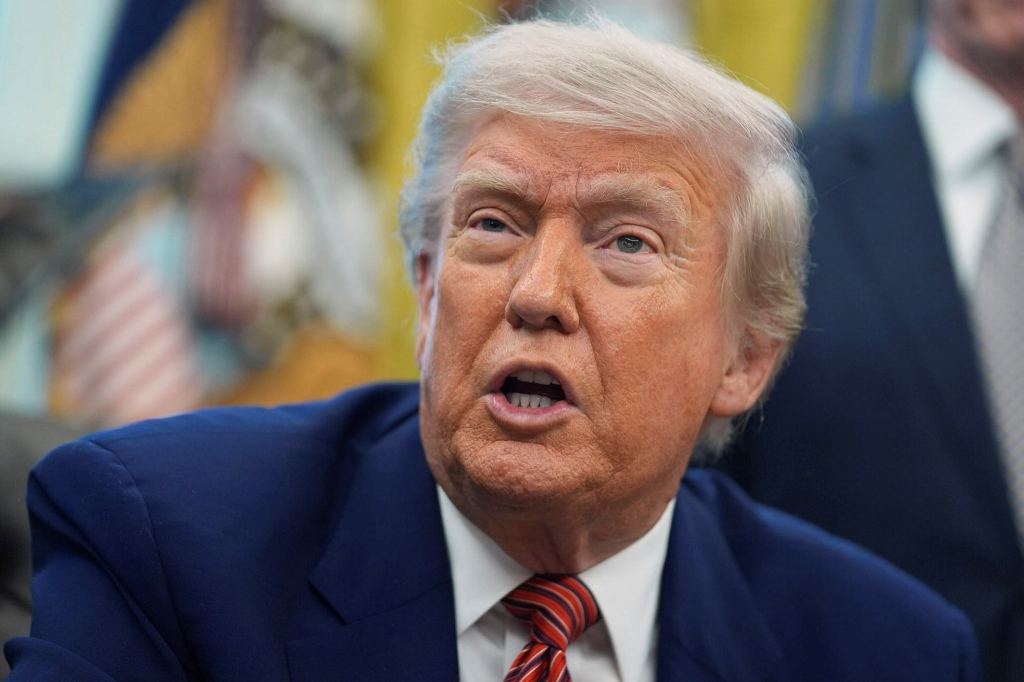Ahead of the August 1 tariff deadline, US President Donald Trump has said that the new rates will not go below 15% and could go as high up as 50%. Speaking at an AI event in Washington, Trump explained that some countries might face the highest rates because of ongoing tensions with the US. “A couple of.. we have 50 because we haven’t been getting along with those countries too well,” Trump said.
Smaller countries to face base tariff of 10%
Trump’s new stance is part of a larger push to place tariffs on nearly all US trading partners. Previously, he had talked about sending letters to over 150 countries with suggested rates of around 10% to 15%. Commerce Secretary Howard Lutnick also said that smaller countries, especially those in Latin America, the Caribbean, and Africa, would likely face a base tariff of 10%.
Back in April, Trump had announced a flat 10% tariff on almost every country. Since then, however, he has moved toward higher rates and fewer exceptions.
Fewer tariff deals, simpler approach
Though Trump initially said he hoped to reach multiple trade deals, he now seems more focused on simply informing countries of their rates through official letters, which he is calling “deals”. At the same time, he’s left room for negotiation for countries that offer favourable terms to the US. They are the ones that might get lower tariffs.
For example, Japan recently had its proposed tariff cut from 25% to 15% after it agreed to ease limits on certain US goods and support a major investment fund. Other countries, such as South Korea, India, and EU members, are still trying to strike deals before the higher tariffs are enforced.
Trump on Wednesday made it clear that he wants a simpler system with standard rates for most nations. He said that it’s impossible to make separate deals with every country, so many will face a flat tariff unless they agree to US terms. Talks with the European Union are ongoing, and the US President has said that if they allow more access for American businesses, they could get a reduced rate.


